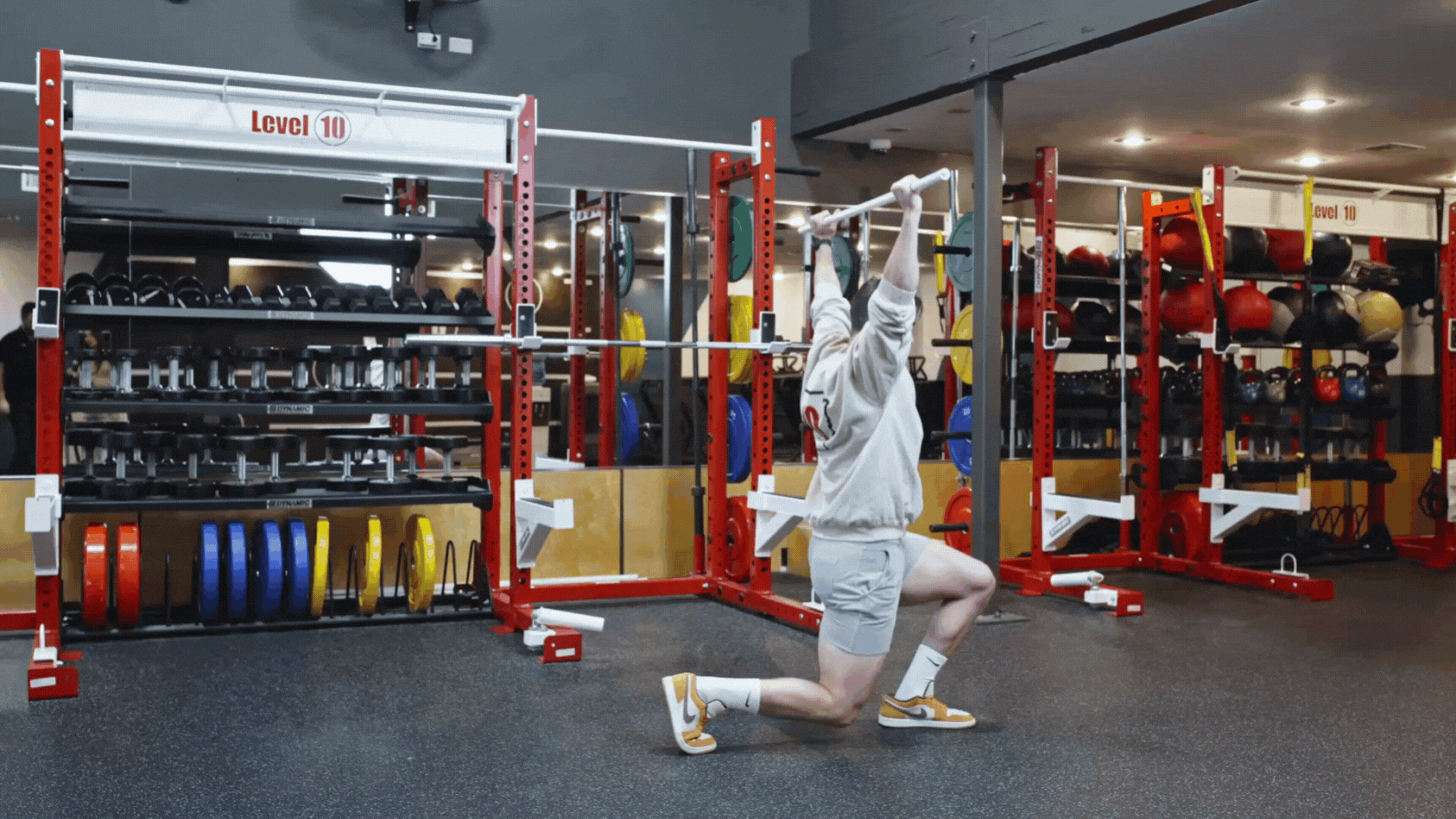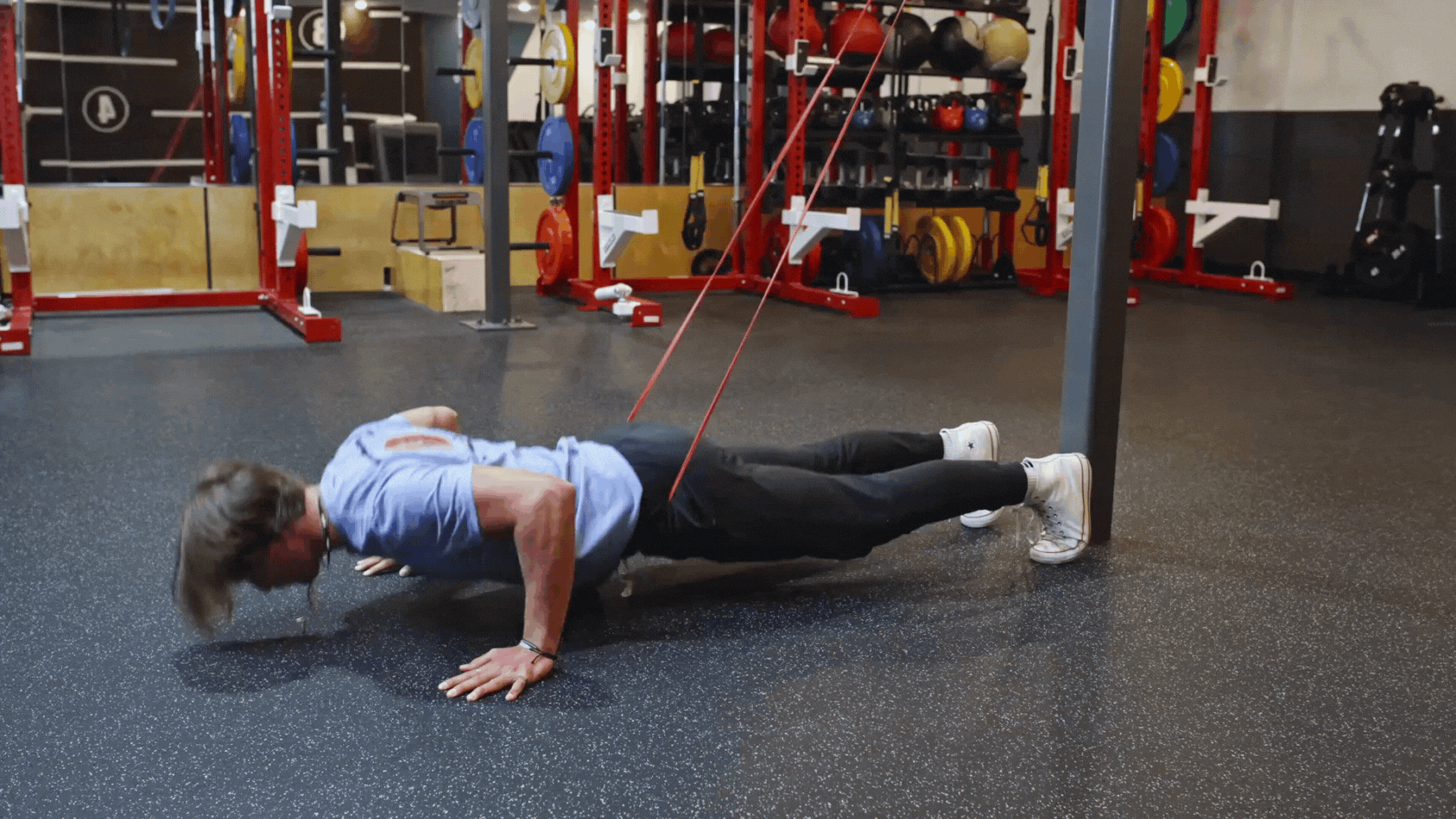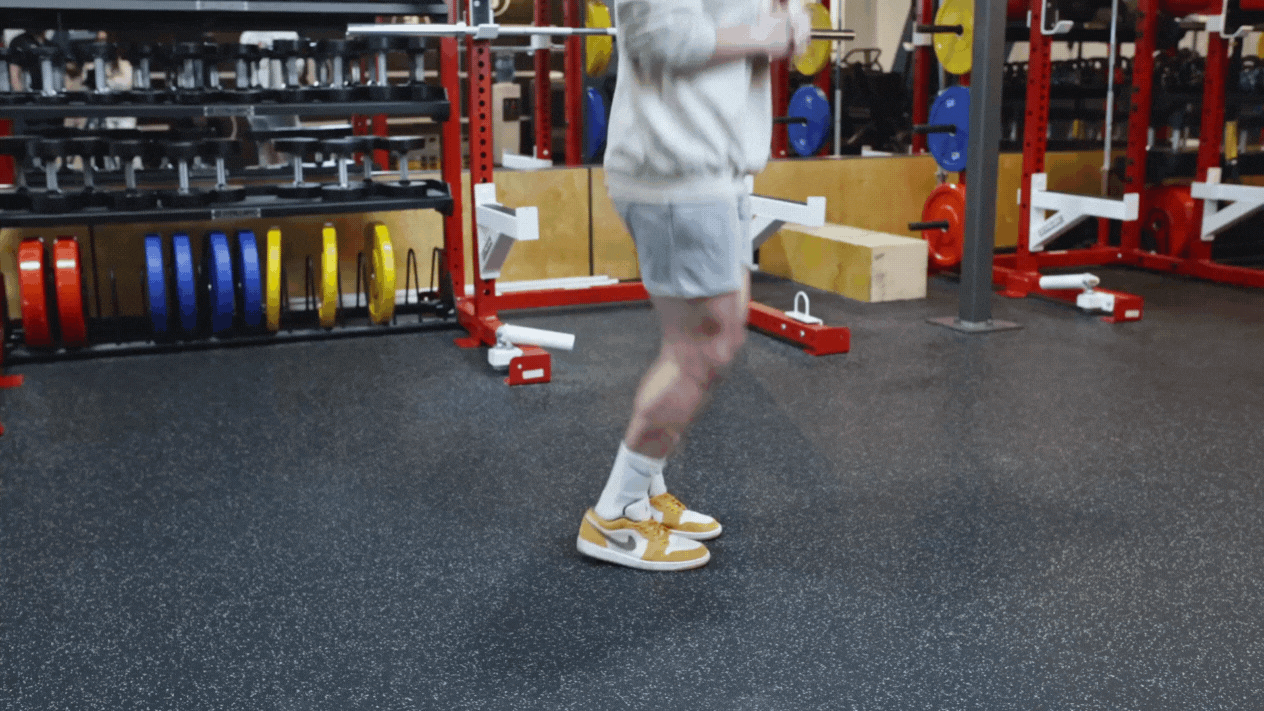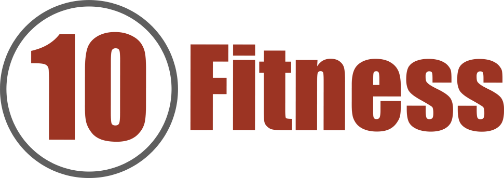Starting a workout plan can feel difficult, especially if you're new to the gym. You want real results without high costs or confusion. At 10 Fitness, we’ve helped many first-timers turn “I’ll start tomorrow” into weekly wins. You need a plan that fits your time, budget, and goals. We’ll walk you through solid, easy workout plans for beginners, what to focus on, and how to stay with it, without feeling lost or overwhelmed. Let’s get moving!
Key Takeaways:
- Start with 3 full-body strength workouts per week (Mon-Wed-Fri works well).
- Focus on 1 clear fitness goal (e.g., fat loss, strength, or better energy).
- Each workout: do 2–3 sets of 8–12 reps per exercise using light weights.
- Begin with compound moves (e.g., squats, rows, push-ups) using machines or dumbbells.
- Add 20–30 minutes of low-impact cardio 2–3 times per week (bike, rower, elliptical).
- Warm up for 5 minutes and cool down every session to help avoid injury.
- Track progress in a notebook or app—log exercises, weights, reps, and energy levels.
- Modify moves as needed—safety comes first, especially for those starting with excess weight.
- Follow a 4-week training plan: build up volume gradually (Week 1: 3 days → Week 4: 4-day splits).
- Best time to train = when you can stick with it.
- Stay motivated with workout partners, stacking habits, and outside accountability.
Effective Workout Plans for Beginners: How to Start Strong at the Gym
Starting a fitness journey can feel overwhelming at first, especially when you're stepping into a gym for the first time. But with a clear plan, simple structure, and a little patience, workout plans for beginners can be incredibly effective—and even enjoyable. In this guide, we’ll cover how to begin, what to focus on, and how to stay consistent. With the right balance of strength and cardio training, you’ll build confidence and make steady progress.
Set One Goal and Keep It Simple
When it comes to workout plans for beginners, the most effective way to begin is by setting one clear, specific goal. Do you want to feel stronger, lose body fat, or move more comfortably? Choose just one objective, write it down, and commit to it. Trying to achieve too many goals at once can quickly lead to burnout.
Once you've set your goal, start small. You don’t need long or complicated workouts—just focused ones. In your first week, aim to train three times: on Monday, Wednesday, and Friday. Each session should ideally be a full-body workout, effectively targeting all major muscle groups. Therefore, keep it simple and prioritize form over weight.
Start With Three Gym Days Per Week
For most beginners, three workout days per week is the sweet spot. This frequency not only gives your body time to recover but also allows for consistent progress. On workout days, start by spending about 5 minutes warming up. For instance, you can walk briskly, swing your arms, and rotate your spine and ankles. After your workout, it's important to cool down in the same way to reduce soreness and improve mobility.
If you're struggling to stay on track, remember that it’s common, especially early on. However, don’t let one missed day turn into a missed week. Instead, just return to the gym when you can. After all, progress comes through consistency, not perfection. To make it more enjoyable, consider bringing a friend or listening to your favorite podcast, exclusively at the gym. Ultimately, making it fun is one of the best ways to build a lasting habit.
Try These Weekly Workout Plans for Beginners
When you’re ready for structure, here’s a simple 7-day beginner-friendly workout plan you can follow:
- Monday: Full-body strength – e.g., squats, push-ups, seated rows
- Tuesday: Light cardio – 20–30 minutes of walking or cycling
- Wednesday: Rest or gentle stretching
- Thursday: Lower-body strength – e.g., lunges, glute bridges, calf raises
- Friday: Upper-body strength – e.g., bench press, lat pulldowns, dumbbell curls
- Saturday: Cardio – use any machine and break a sweat
- Sunday: Rest or foam roll tight spots
Variations of this plan will give you a balance of strength, cardio, and recovery—key components of any great workout plan for beginners.

Use Machines First, Then Progress to Free Weights
If you’re new to strength training, starting with machines is an excellent idea. Firstly, they guide your movement, helping you learn proper form and reducing the risk of injury. To begin, start with light weights and aim for 2–3 sets of 8–12 reps. Moreover, ensure you adjust the machine settings to fit your body before starting.
Once you're confident with machines, you can gradually introduce dumbbells. Begin with simple moves like goblet squats and shoulder presses. These free weight exercises will challenge your balance and coordination, supporting long-term progress. Finally, always check your form in the mirror or ask a trainer for feedback.
Choose Full-Body Workouts for Maximum Benefit
A solid full-body workout efficiently targets every major muscle group in a single session. Therefore, you don’t need to train every day—two to three full-body sessions per week are sufficient to see real progress. It's important to focus on compound movements that utilize more than one joint. These include:
- Dumbbell or bodyweight squats
- Push-ups (or wall push-ups for beginners)
- Dumbbell rows or seated cable rows
- Leg press machine
- Lat pulldown
- Seated chest press
- Planks
To illustrate, here’s an example of a basic full-body circuit workout plan for beginners you can follow:
- Squats: 3 sets × 10 reps
- Push-ups: 2 sets × 12 reps
- Seated Row: 3 sets × 10 reps
- Plank: 2 holds of 20 seconds
Moreover, rest for 30 to 90 seconds between sets. If you can easily perform 15 reps, increase the weight slightly; conversely, if you can’t reach 8 reps with good form, reduce the weight.

Cardio Workout Plans for Beginners that Complement Strength Training
Cardio supports your heart health and, moreover, aids in fat loss. For beginners, the best cardio workouts are simple; for instance, walking, stationary biking, or using rowing machines. Initially, start slow—just five minutes at a time. Then, gradually build up to 20–30 minutes, engaging in these activities two to three times per week.
Want more variety? Try HIIT workouts, which alternate short bursts of effort with rest. For example, pedal hard for 20 seconds, then coast for 40. Do 10 rounds.
Still, steady-state cardio (like walking on a treadmill) is also effective. It supports recovery and energy levels without overloading the body. The key is doing what feels sustainable.
Find the Best Time to Work Out—and Stick to It
The best time to work out is the time you can go most consistently. Whether it's morning, afternoon, or evening, what truly matters is turning it into a habit. If mornings are hectic, consider aiming for after work. Furthermore, protect that time like any other appointment.
Once your workout becomes part of your weekly routine, it gets easier to show up—even on tough days.
Balance Is the Key to Workout Plans for Beginners
A balanced beginner workout includes:
- Strength training for both the upper and lower body
- Short cardio sessions
- Recovery days for muscle repair
- Flexibility and mobility work
Here’s a sample balanced session:
- Leg Press (lower body)
- Chest Press (push)
- Seated Row (pull)
- Plank (core)
Repeat this circuit 2–3 times. Rest as needed between sets. If you're short on time, condense these into a 30-minute workout by reducing rest time.
Track your sets and reps in a notebook or app. Seeing your progress builds motivation and helps you stay focused.

How to Know You’re Progressing
Here are signs that your workout plan for beginners is working:
- You can lift slightly more weight or do more reps
- You're less sore after workouts
- Your energy levels are improving
- You feel more confident in your movements
Once you’ve followed a consistent plan for four weeks, consider adding variety: split your routine into upper and lower body days, increase weights, or try new machines.
Tips for Easing Into Strength Training Safely
To stay injury-free and motivated:
- Start light and focus on good form
- Use machines before free weights
- Rest between gym days
- Stretch before bed or after workouts
- Stay hydrated and eat protein-rich meals
- Sleep at least 7 hours a night
If soreness lasts over two days, take a rest day or do light stretching. Remember: the goal is to feel stronger, not exhausted.
Recovery and Nutrition Support Your Training
Strength and cardio are only part of the equation. Recovery and nutrition are equally important. Drink water throughout the day, eat balanced meals with protein, and get quality sleep. Your body needs fuel to build muscle and recover from workouts.
Snack ideas for beginners:
- Greek yogurt with berries
- Hard-boiled eggs and a banana
- Protein smoothie with almond milk and oats
Blending Strength and Cardio Workout Plans for Beginners for Best Results
You don’t have to choose between strength and cardio—they work best together. Strength training helps build lean muscle. Cardio improves heart health and endurance. Together, they support fat loss, energy, and full-body wellness.
Combine both in one session if short on time. For instance, do 20 minutes of strength exercises, then finish with 10 minutes of cardio. This strategy builds stamina while improving muscle tone.
Later, consider adding a dedicated group training class for extra motivation and structure.
Your Next Step: Build a Plan and Take Action
Even the best workout plan for beginners won’t work unless you show up. So start small. Pick three days, choose a few exercises, and commit. Don’t wait for the perfect time—just begin. Your body and mind will thank you.
Find Your Nearest Gym and Get Moving
Ready to Start? Your Fitness Journey Begins Here
Don’t wait for “someday.” The best time to start is now—with a plan built for beginners, and a friendly gym ready to support you. Use our easy location tool to find a 10 Fitness gym near you. Your best self starts with just one visit.

